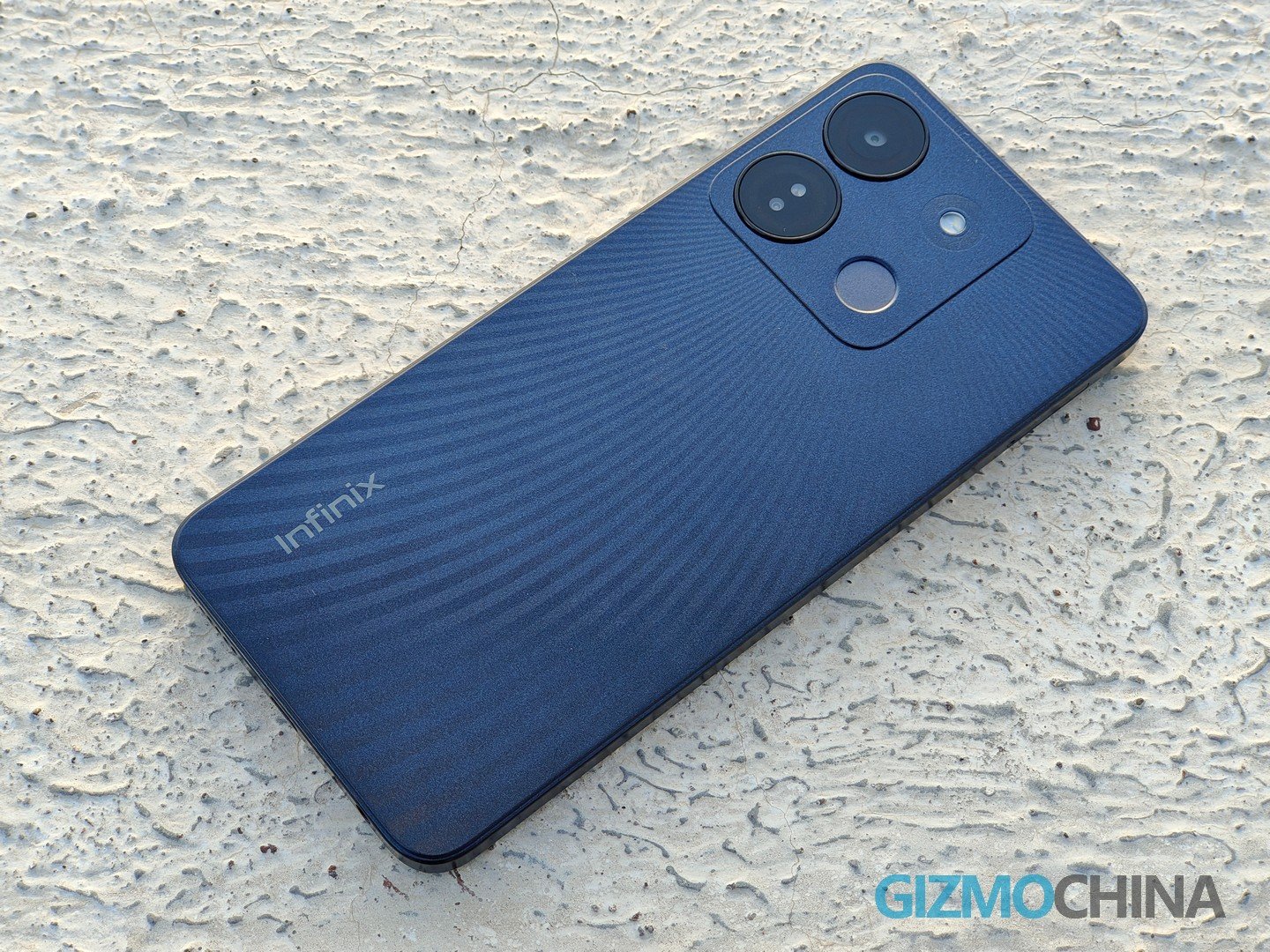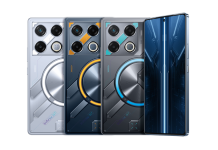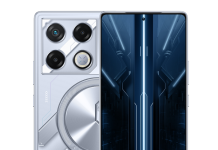At the end of April, Infinix launched an entry-level smartphone in India called Infinix Smart 7 HD. It is the brand’s second-most affordable smartphone on the market.
The device is priced at only ₹6,199 (~$75) and it is ₹200 (~$3) more expensive than its predecessor Infinix Smart 6 HD. The two phones are almost identical in terms of specs.
But the Smart 7 HD offers a rear-mounted fingerprint sensor for a slightly costlier price tag. Thus, it arrives with all the essential features of a modern smartphone.
All in all, the device is targeted at first-time smartphone buyers. But is it good enough?
Infinix India sent me a unit of Smart 7 HD to test out. After using it for quite a while, I have expressed my thoughts on it in this article. Before I share my opinion, I would like to inform you that the brand had no early look or any editorial input.
Without any further ado, let me tell you how much of a smartphone you get for ₹6,199.
Well-built with no compromise
Like most non-flagship smartphones, the Infinix Smart 7 HD sports a plastic body. From just the looks of it, one cannot guess the price of the device. The handset has a squircle module on the rear featuring two cameras, an LED flashlight, and a fingerprint sensor.
The back panel comes with a wavy pattern, which sort of provides a grip accompanied by flat sides. The front side of the phone is dominated by the display, while the right spine includes a volume rocker and a power key.
The triple card slot for dual SIM and a MicroSD card slot can be found on the left side. Finally, the bottom part is populated by a 3.5mm headphone jack, a microphone hole, a MicroUSB port, and a speaker grille.
The device is comfortable to hold and does not feel cheap despite its price tag. All in all, it is well-built without any compromise.
However, I do have one nitpick and it’s related to the bundled case. It would have been nicer if the company had included a silicone case instead of a hard plastic one with naked sides that’s prone to scratches and easy to break.
Passable display but not so good speaker
The handset arrives with a 6.6-inch display with a resolution of 1612 x 720 pixels (HD+). The LCD panel has a water drop notch at the top and a noticeable chin at the bottom.
The screen has good viewing angles with no color shift when viewed from extreme angles. Interestingly, it gets bright enough under direct sunlight.
As I am used to OLED displays with FHD+ and more resolution, I could notice the downgrade in sharpness and other aspects. But this won’t be an issue for a first-time smartphone user.
The target audience should be satisfied with a much larger canvas than on their feature phone, which works as intended. The speaker, on the other hand, is better than on cheap feature phones but it is not enough as it kind of sounds robotic.
Slow but provides good software experience
A Unisoc SC9863A1 chipset powers the smartphone. This outdated SoC from 2018 is manufactured using a 28nm process.
The chip includes a 1.6GHz octa-core CPU comprising two clusters of 4 x ARM Cortex-A55 cores. It is paired with 2GB RAM and 64GB eMMC storage.
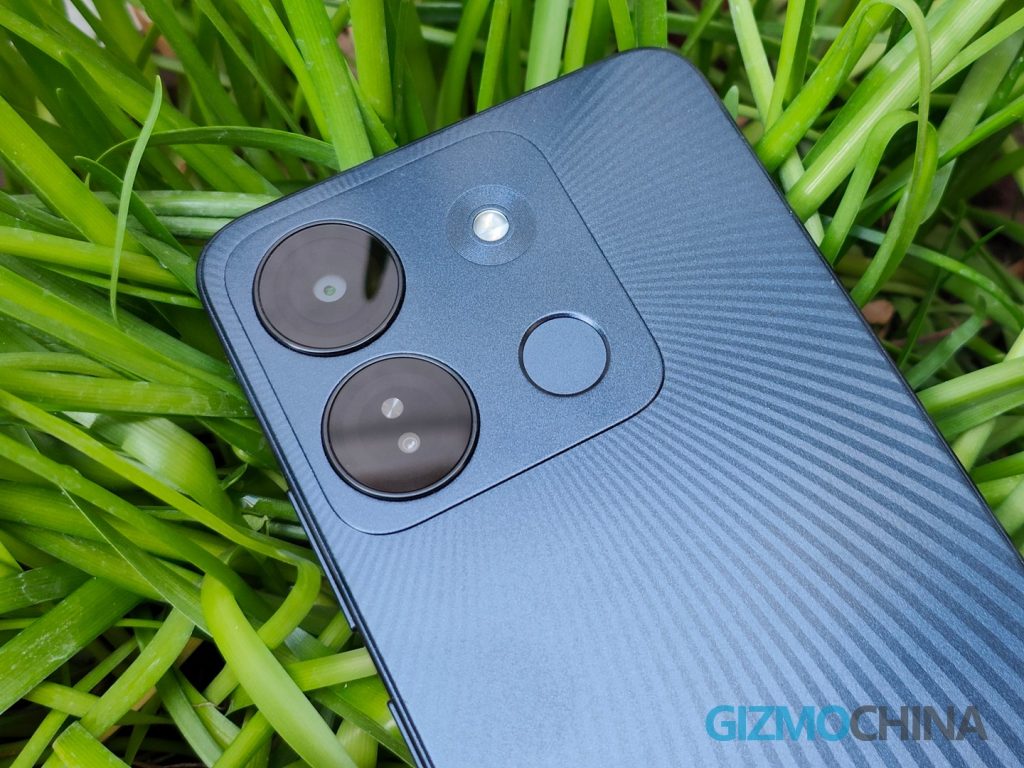
The performance of the handset is not great as the specs suggest. It is slow and there’s no other way to put it.
But will this affect a first-time smartphone buyer? I think it would be down the line once the device ages.
Surprisingly, the Android 12 Go Edition-based XOS 12 software is great. There are no compatibility issues with most-used apps across social media, payments, streaming, and more.
In fact, it does not even through unnecessary promotional notifications by default. This only occurs once you start using those system apps.
Lackluster Cameras
Other than performance, I am not satisfied with the cameras. The 8MP rear camera can only produce usable pictures under good lighting conditions. The secondary QVGA sensor doesn’t seem to be in use.
Though the camera can identify the scenes accurately with the ‘AI vision’, it fails to process them properly. HDR is almost non-existent, so it’s better to avoid taking pictures when a light source is behind.
The same is also applicable to the 5MP selfie camera. But I feel that it’s slightly better than the main camera.
Video recording is limited to 1080 30fps from both rear and front cameras. The videos again come out usable only under good lighting environments.
Excellent battery life and connectivity
The handset draws energy from a 5,000mAh battery. Despite being powered by a 28nm chipset, it does not seem to be power-hungry.
The phone can easily last more than a day and even more if you don’t use it often. But charging it is painful in the world of fast-charging smartphones.
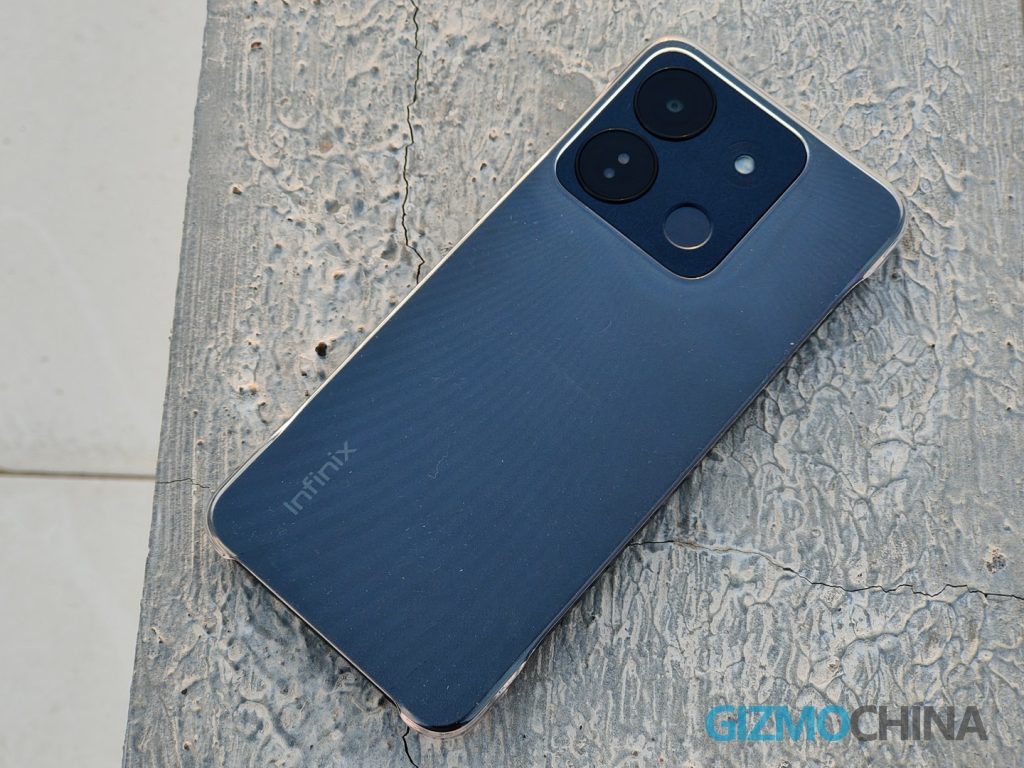
The 10W bundled charger takes about 2 hours and 30 minutes to charge fully from 20%. It is wise to charge this phone overnight or juice it up before going to bed.
The handset support dual 4G SIM cards with VoLTE. There are no call drops and the quality of the earpiece and microphone is good.
I did not face any issues with single-band WiFi and Bluetooth 5.0. GPS also works as intended.
Conclusion
From my experience, I would say that the Infinix Smart 7 HD can fulfill the requirements of a first-time smartphone user with some shortcomings. The drawbacks I discussed above may not affect all potential buyers.
Secondly, there are no other products in this price segment providing a similar or better set of features. This makes the Smart 7 HD a unique offering.
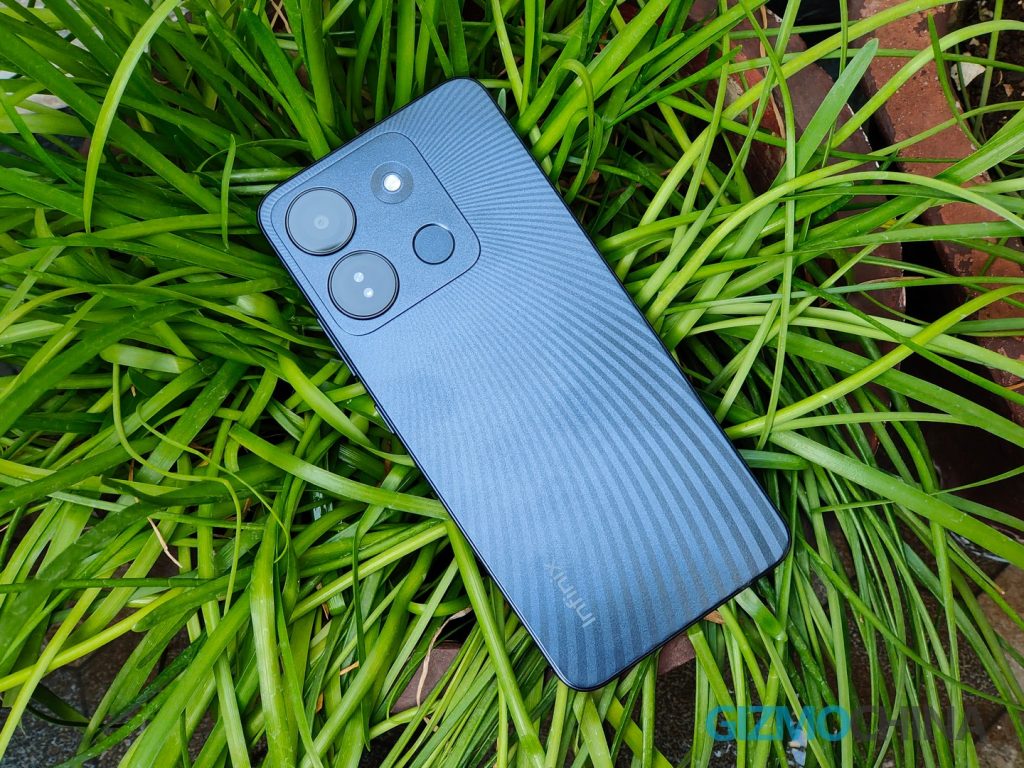
If a buyer’s budget is strictly around ₹6,000 (~$72), there are no other alternatives. Better handsets do exist but they are costlier and have limited availability.
Transsion, the parent company of Infinix, Tecno, and Itel specializes in targeting customers in lower-tier cities and rural areas with its products and supply. Thus, the Smart 7 HD is more accessible to the right customers.
RELATED:
- Infinix Note 30i launched with Helio G85, 64MP triple cameras, 33W charging
- Realme Narzo N55 Review: Striving to impress in multiple departments
- Best Gaming Controllers of 2023: Enhance Your Gaming Experience
- OnePlus Pad Review: Excellent Hardware Limited by Android
- Infinix X3IN 32 And 43-Inch Android TVs Launched In India

